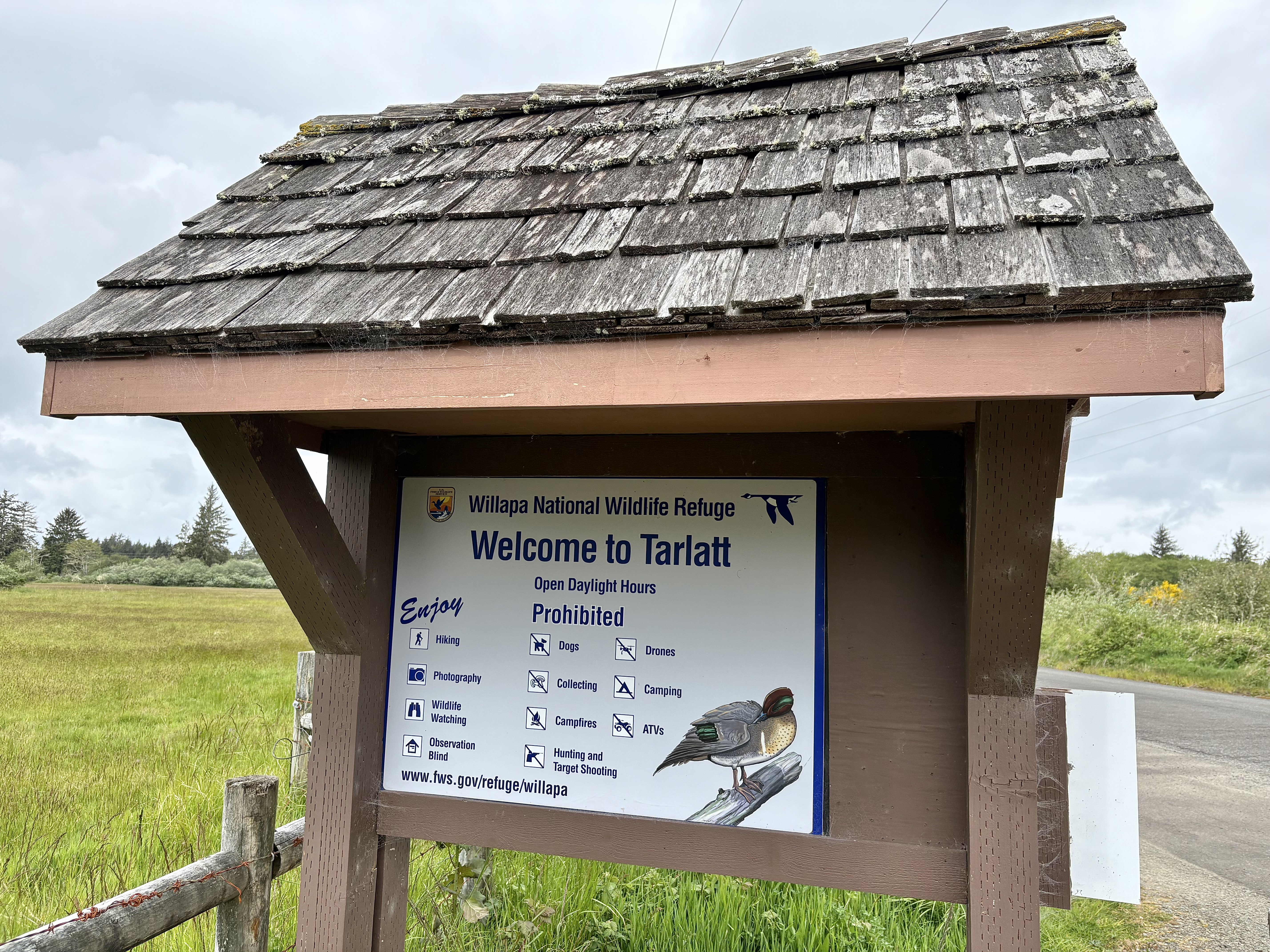Garden Mind: Spring beckons! Now what?
Published 11:03 am Tuesday, March 1, 2016

- This an example of a garden plot layout from the second edition of the “Maritime Northwest Garden Guide.”
In the past weeks we’ve had two days in the 70s, rainfall to tip our levels to 24 inches for the year so far, and a handful of cold and clear nights. And the days lengthen with darkness coming at 6 p.m., finally. Daylight Saving Time comes in a few short days, on March 13, the week before Easter and spring/Ostara.
Trending
What to do this time of year? It’s too cold, soil is too wet, days are too short for most garden activity. Keep in mind that our average time of frost is still early April, and much expert advice cautions to wait and not put out most seeds or tender seedlings until after threat of last frost. Global climate change, with regard to temperatures, is something we measure after the fact, so use caution when getting the itch to garden.
New Resource: “Maritime Northwest Garden Guide,” second edition, from Seattle Tilth
Please put this new edition of a stalwart garden resource favorite on your to-purchase list. The second edition, revised in April 2014, is twice as big as the earlier initial edition. Arranged by the months, almanac-style, each page has short essay-like nuggets of focused tips and garden strategies. For example, under the headings for March: Protecting Farmland; Soil, your living bank; Maintaining fertile ground; and 120 (or so) ingredient salads. But there is much, much more. Eight pages include tasks, what to harvest (assumes you have the remains of a garden to glean from), what to do in the kitchen, and what to sow outdoors, now and through late-March, and what to sow under a cloche/cold-frame, and what to sow inside for later transplanting.
Trending
Each month of this highly useful almanac has numerous time-tested tips and information to ensure you get — and stay — on a good course.
Gardening in the Maritime Pacific Northwest takes specific knowledge to ensure success; why go the route of trial and error when you can obtain your own copy and start with success? Seattle Tilth is a good organization to know about if you are committed to growing organic food and improving soil health, and this new Maritime Guide will ensure garden tasks make more sense and that you have better success making your own food gardens.
Note: Many of the tips work for the ornamental gardener, too.
Our last column was titled “New Gardener wants to eat. Now What?”
This column presented us with the case of someone new to gardening, with a new garden plot, in a climate similar to ours. Then, I got wind of another gardener, this one more practiced, with a bigger plot; but by no means the size of a country plot. Hers is a still manageable size, at 140 square feet, about 11×13 feet. His plot, at 4 x 8, is 32 square feet, and both are quite small by most garden plot standards, but both are of sizes that offer far bigger potential yields than you can glean from many container-only gardens. Let’s take these two examples and explore what you can do with small plots.
So, let’s go with what we have, which is our mantra for getting started, and was also a regular caveat from the KMUN’s Master Gardener-inspired “Diggin’ the Dirt” program. Next time we’ll compare ideas on what we want to do against the recommendations of experts, and see where that leads us.
Please join me again over the next weeks, through the cold days of incubation and planning of winter; my next column will explore the many ways you can fill you pantry and belly on a small plot. Please stay tuned.









